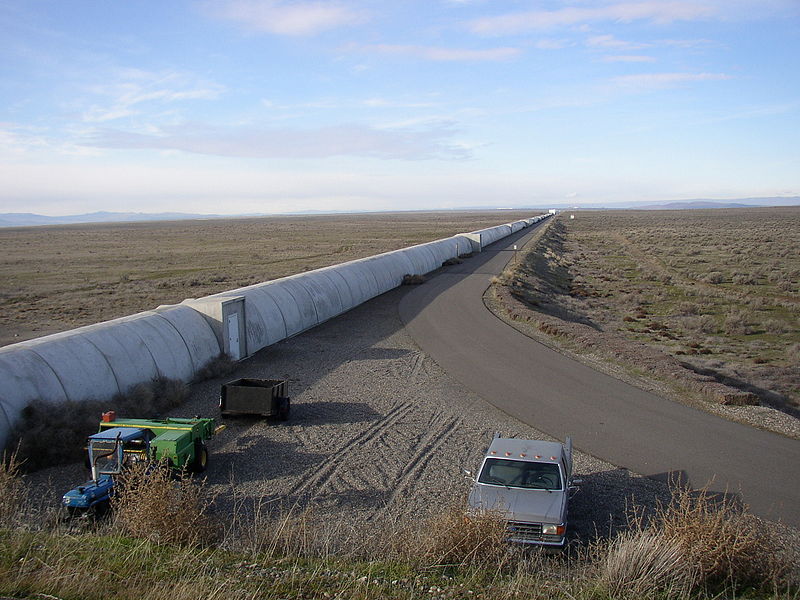Advanced LIGO dedicated: Anticipation for observing gravitational waves grows
May 19, 2015
One has to wonder if Einstein dreamt of a tool like Advanced LIGO arriving to test the ideas about ripples in the fabric of space and time predicted by General Relativity. Today's celebration at the Laser Interferometer Gravitational Wave Observatory (LIGO) in Richland, Washington brings the world a step closer to testing those ideas as never before.
The Advanced LIGO project is the next stage of the LIGO search for gravitational waves. The California Institute of Technology and Massachusetts Institute of Technology designed and operate the NSF-funded facilities in Washington and Louisiana that are intended to observe these phenomena directly for the first time. The goal is a creation of a gravitational wave observatory that is analogous to familiar optical and radio observatories.
Foundational science, transformational discovery
General Relativity predicts that violent events such as supernovae and colliding black holes in the distant universe produce oscillations of mass that launch gravitational waves. For those of us here today at the ceremony and the many others who are eager to learn from Advanced LIGO, it is exciting to move closer to their direct observation.The project's completion will increase the sensitivity of LIGO by more than a factor of ten, and thus, increase the observation volume a thousand fold. Over the next months, engineering optimization of LIGO continues along with data acquisition with the goal of reaching full sensitivity for an extended observation in 2017. It is remarkable that a good chance for direct detection of gravitational waves will overlap the 100th anniversary of Einstein's theoretical predictions. His 1916 paper, where he first described the phenomenon, had an error that he corrected in a 1918 paper recognizing the quadrupolar character of the waves. LIGO uses that quadrupole character, which results in the elongation of space in one direction and the simultaneous compression in another direction, for the direct detection.
Building the right tool
Today's LIGO, first proposed in the 1980's and refined over the intervening years, is set to detect changes smaller than one-thousandth the diameter of a proton. The instrumentation consists of two 4-kilometer length L-shaped interferometers (one each at LIGO Hanford and at the LIGO observatory in Livingston, Louisiana). Propagating beams of laser light along the two arms of the interferometer and detecting their interference as they reflect back and forth is the key to observing the change in the relative lengths.
This creation of the upgraded LIGO is no mean feat. It incorporates advanced lasers, optics, mechanical components, and computation along with the imagination, insights, and hard work of a host of scientists and engineers. The National Science Foundation is proud to fund a project that promises significant discoveries in astrophysics, testing one of the fundamental theories that describes our Universe. The perspective and dedication that talented researchers bring to this quest is a testament to the magnitude of the possibilities.
I look forward to sharing more news periodically and welcome your emailed comments at: mpsperspective@nsf.gov
Dr. F. Fleming Crim
NSF Assistant Director for Mathematical and Physical Sciences
Find more perspectives from the Assistant Director for Mathematical and Physical Sciences



